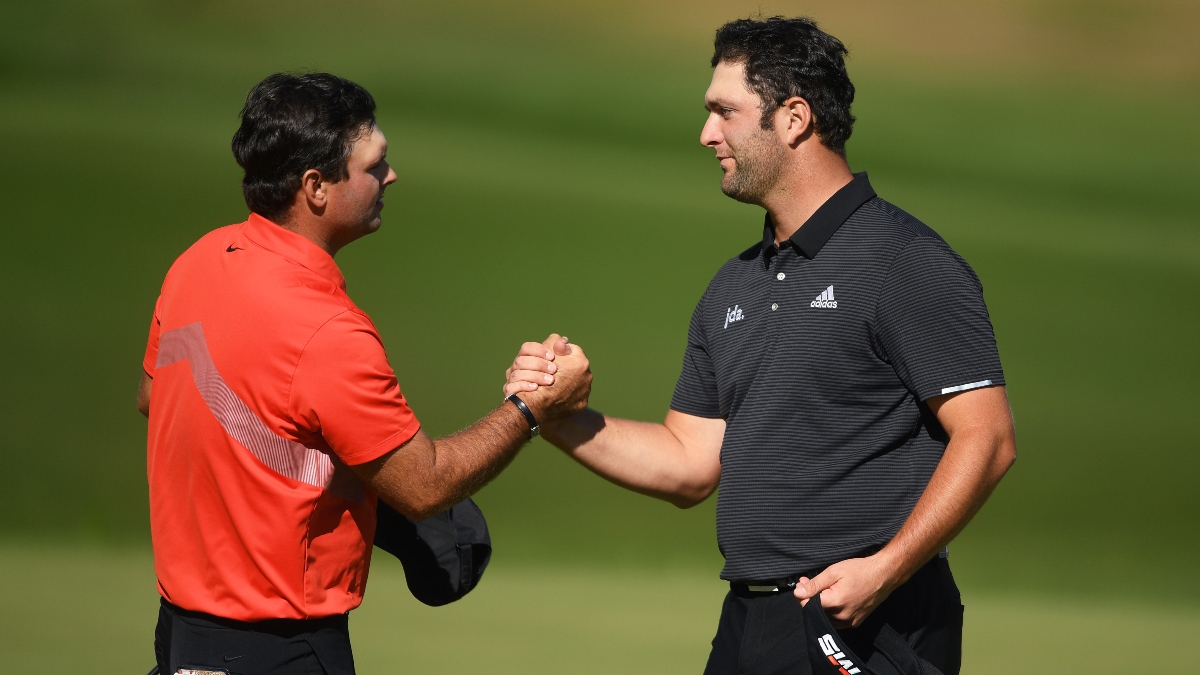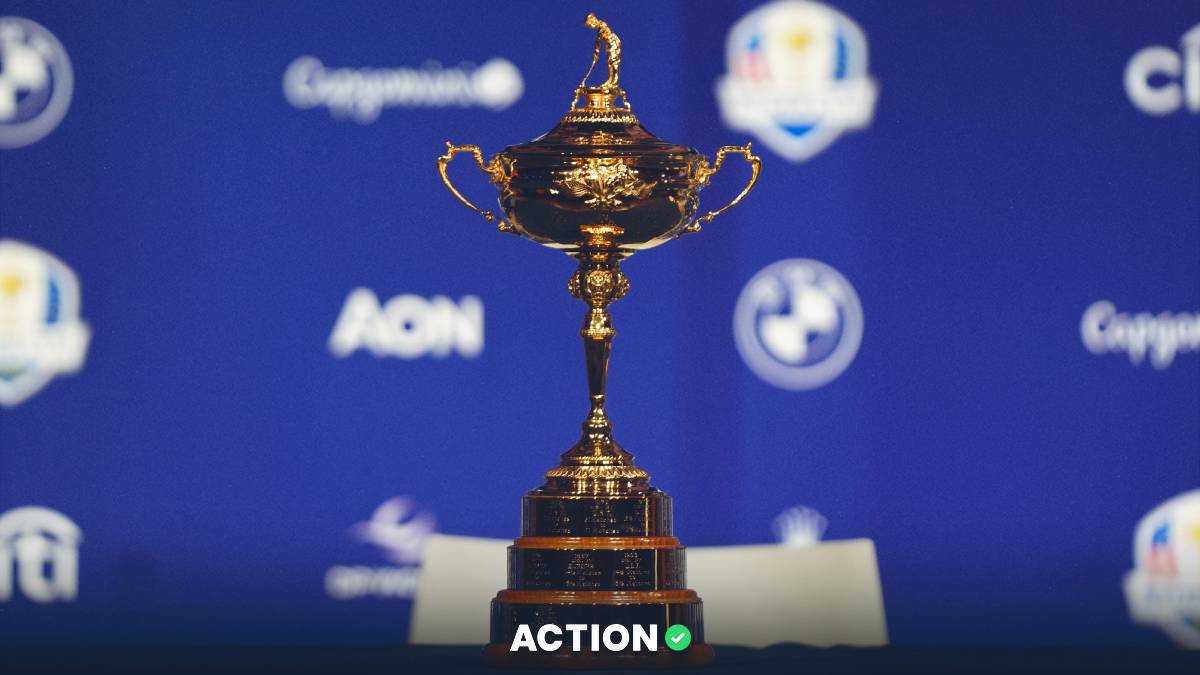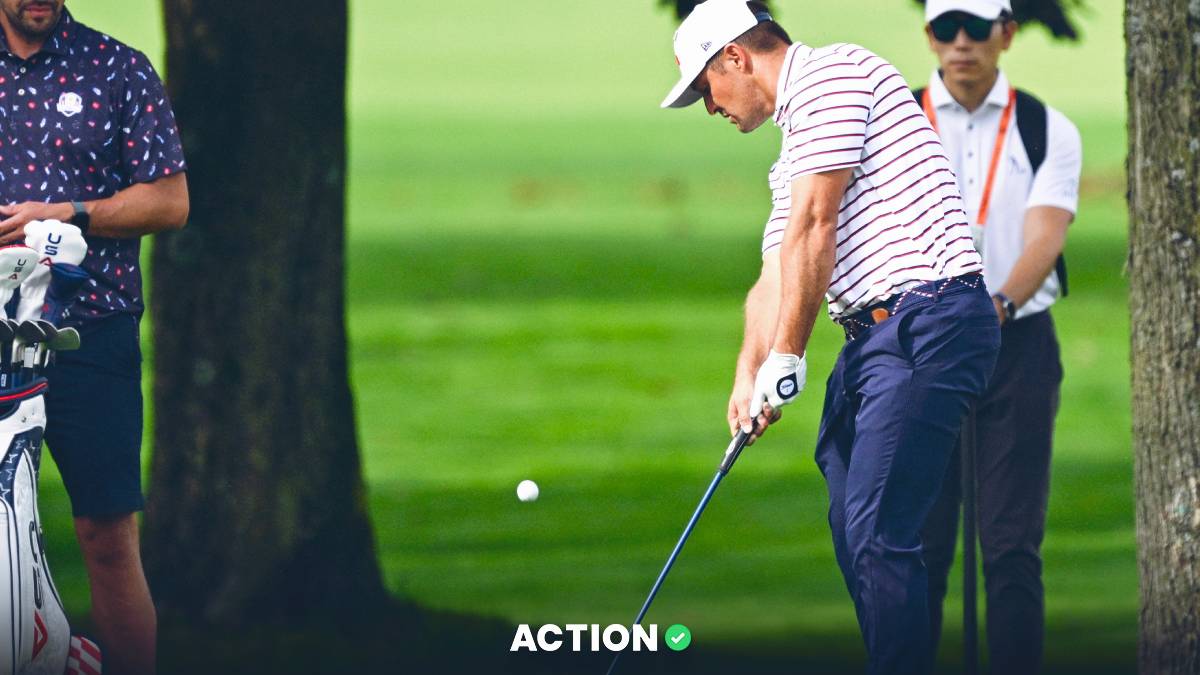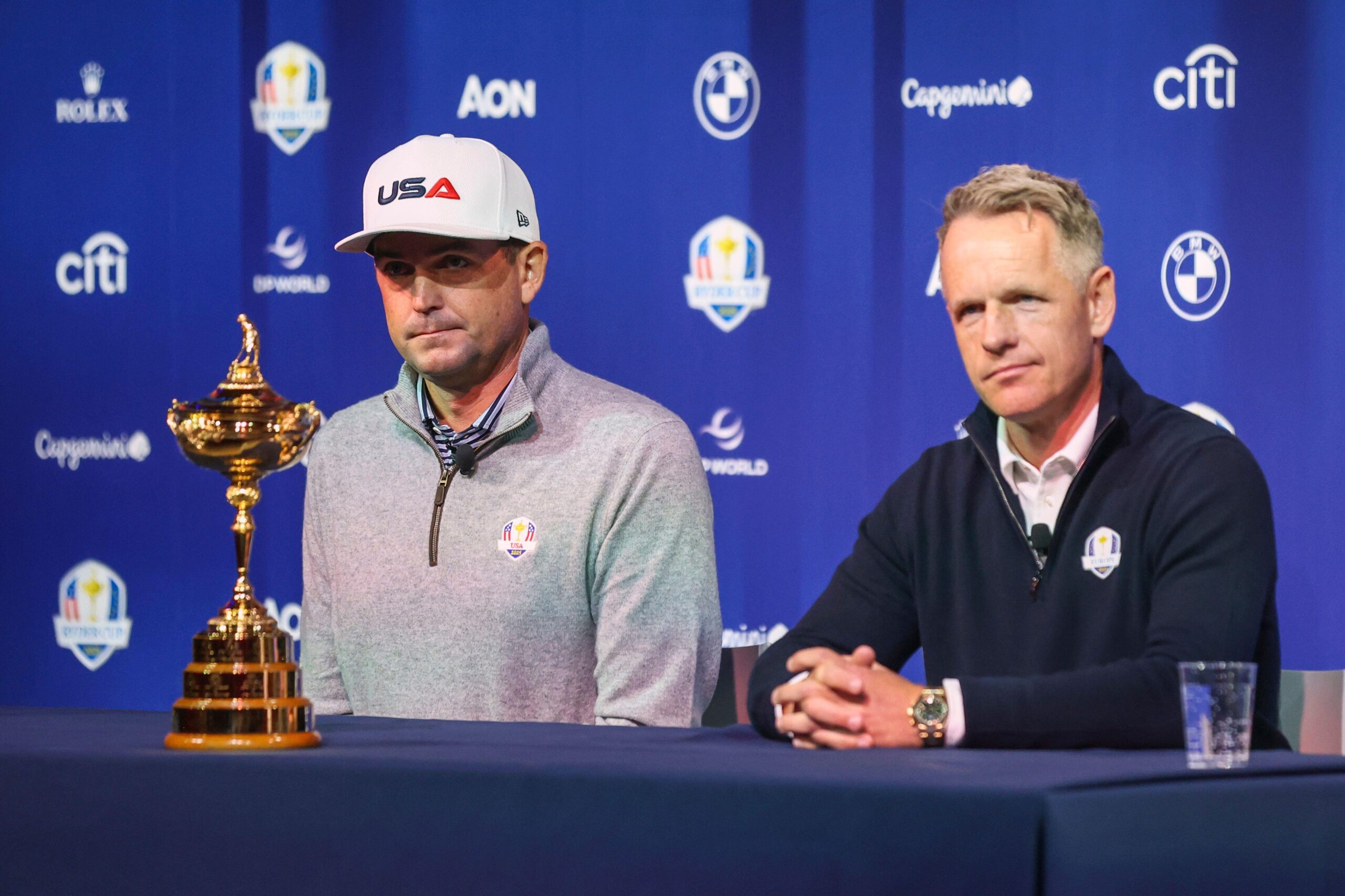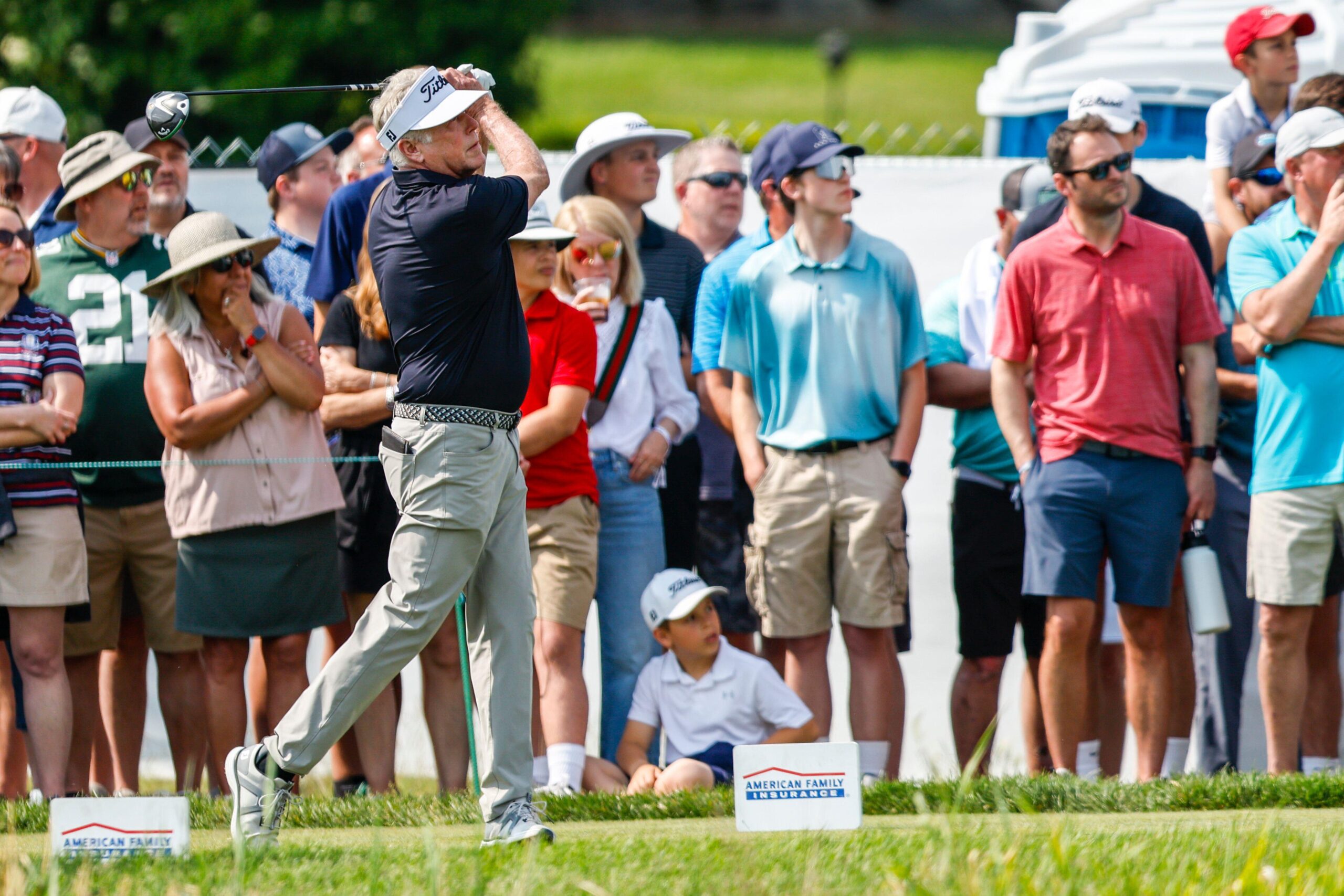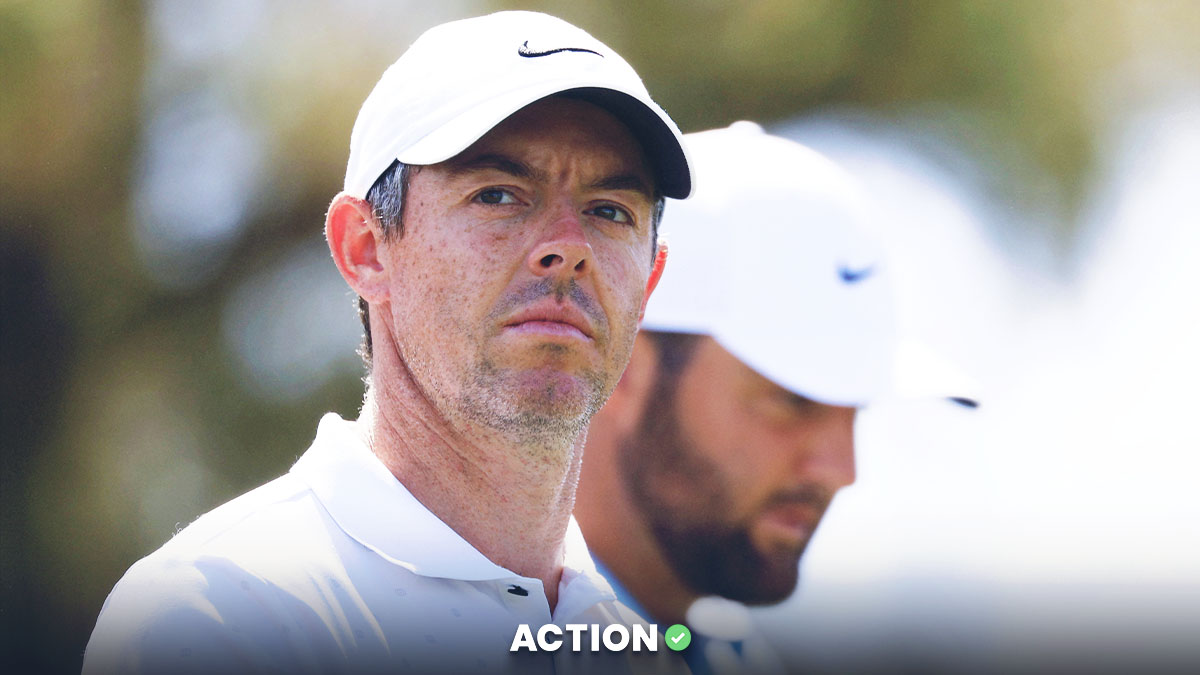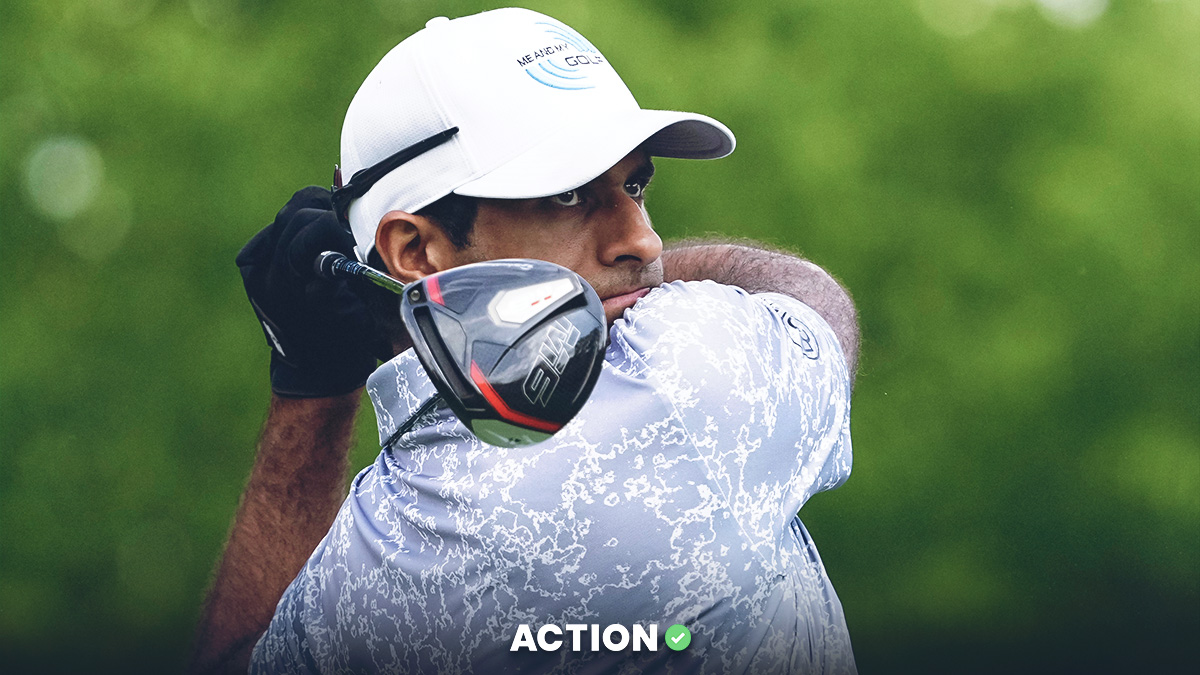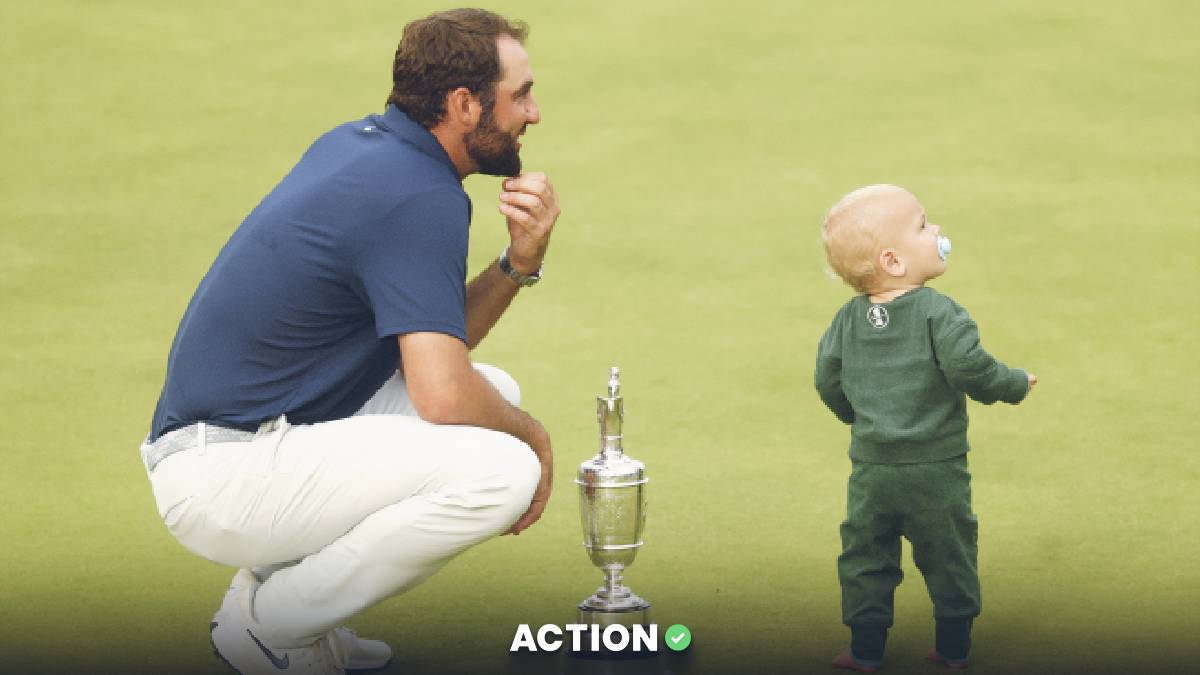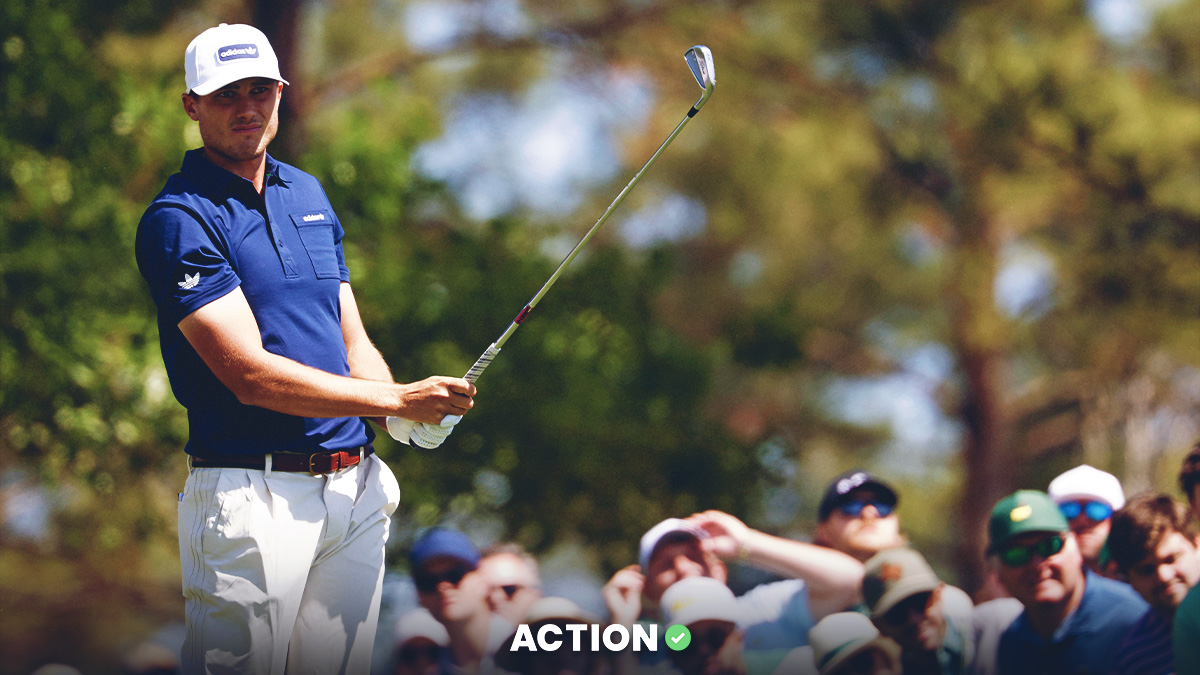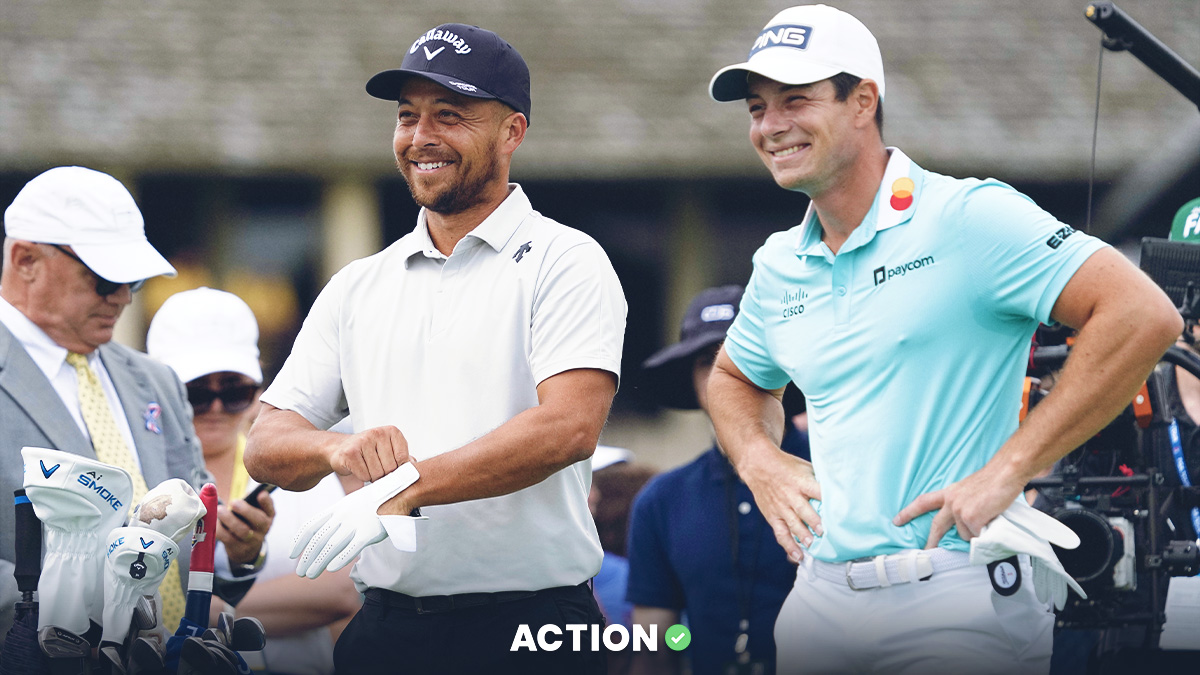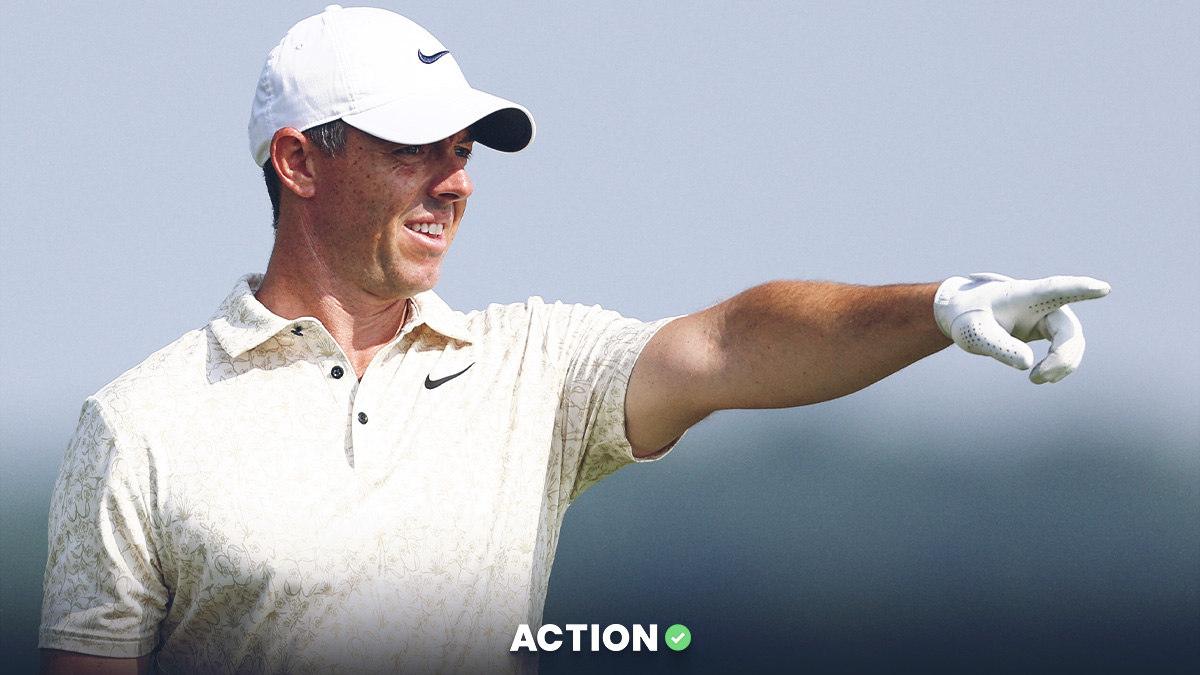Reed gets chased down from behind and loses this time.
There are players on the PGA Tour who would prefer to trail by a stroke or two entering the final round, as opposed to leading by a stroke or two. Not only is there less pressure, but the act of chasing another player can allow them to be more aggressive.
There might not be, however, nearly as many players who would prefer to be trailing entering the back-nine, but still, some wouldn’t mind it. Golf is a game of patience and there are those who would prefer the opportunity to step on the gas pedal while the leader simply tries to avoid mistakes.
Reed is not one of these players. His mentality is that he wants the lead anytime, all the time. His theory is that he’d rather birdie the first hole on Thursday morning and claim an early one-stroke lead, because winning is better than losing and every little bit helps. It’s tough to say he isn’t right.
Certainly, he loves the position of being three up with nine to play, the same position he was in two years ago, when he eventually won this tournament. Leading, after all, is a lot better than not leading, he rationalizes.
FREE BET — UP TO $500!Bet any golf major at FanDuel and get your first wager 100% risk-free, up to $500.
On this day, though, he was about to learn a lesson on why the other side of this scenario could also be a winning proposition.
Trying to play defense instead of offense, he comes up short of the green on both the 10th and 11th holes, leading to par and bogey, respectively. That’s unlike him, usually one of the more aggressive players around, but as you watch, you start thinking that it looks like he’s tight, playing not to lose as opposed to playing to win.
On the par-3 12th, he plays to the fat part of the green. It’s a two-putt par, but again, it’s defensive. The next hole is an even better example, as he lays up on the par-5 — an easily reachable green for him in two — then hits a wedge to 15 feet and fails to convert the birdie attempt.
Meanwhile, playing with the freedom to chase, his fellow contenders are much bolder with their strategies down the stretch, aiming for tucked pins and making sure their putts get to the hole.
It’s not a terrible back-nine for Reed. He shoots 1-over 37 and won’t be remembered for choking it away when it mattered most. Instead, he received a lesson — one he presumably knew beforehand anyway, but had confirmed — that leading might be better than trailing, but it’s hardly foolproof when equating into winning a tournament.
Click here to go back to the start.


